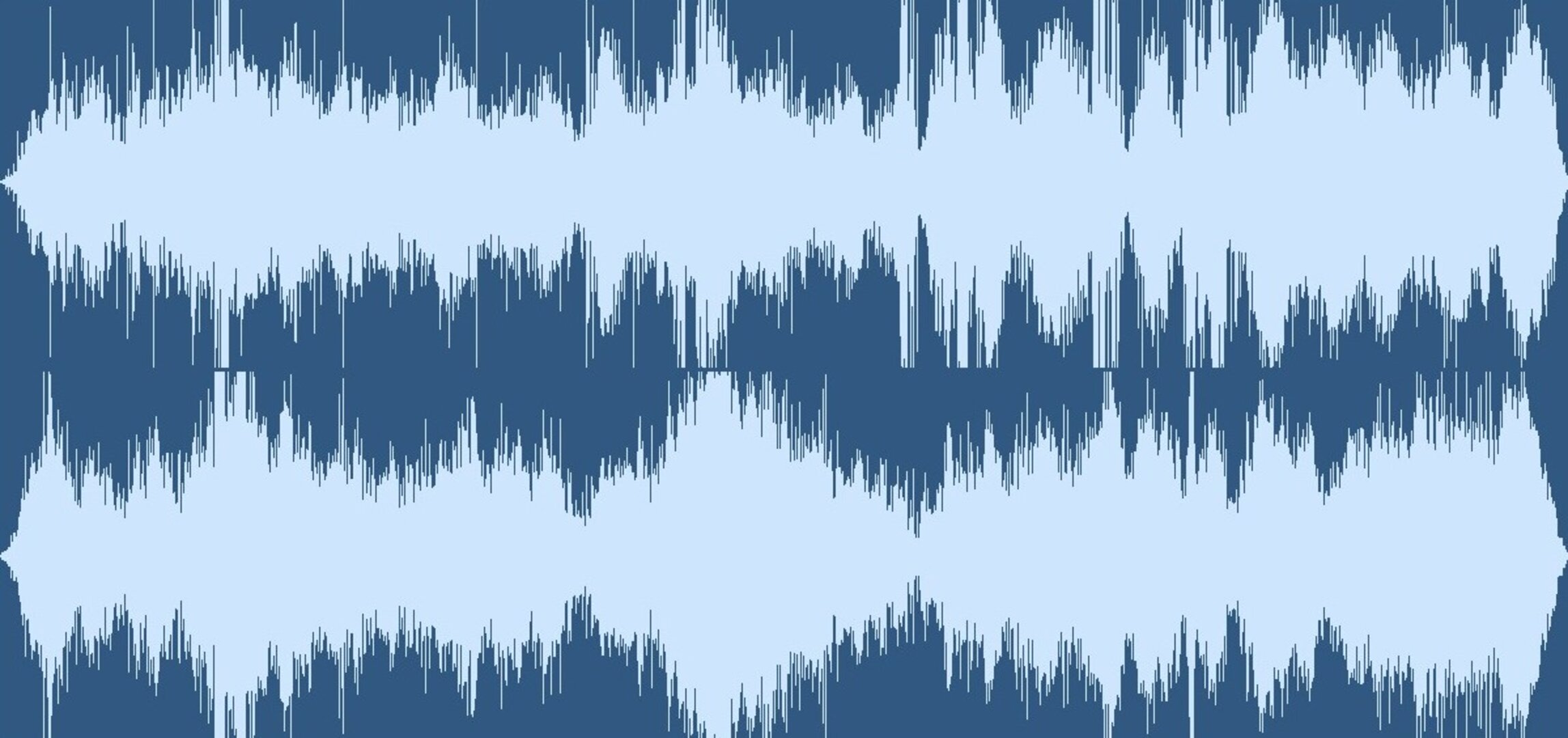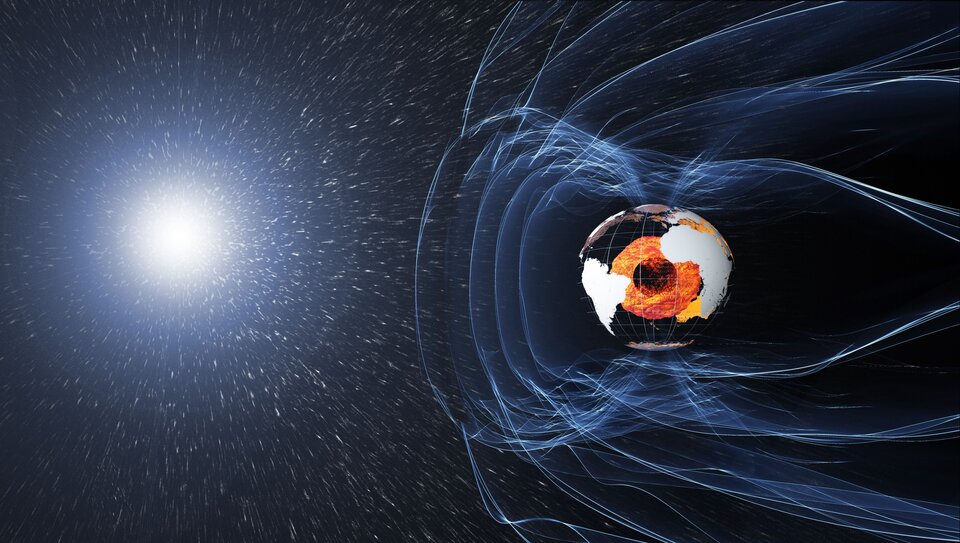Wandering Star
The Living Force
It remenber to me "om"
 simbol altmost complete.
simbol altmost complete.
30? Not 35? Or not yet?I hadn't noticed it in the previous photo of the coronal hole.
Today December 30...there is undoubtedly a number 30 in the Sun.
View attachment 88661

Today December 30...there is undoubtedly a number 30 in the Sun.
This extra-high-energy cosmic ray was detected in May 2021, and the discovery paper published in November 2023, thus almost certainly not related to current or recent events in the Solar system including on our Mother Earth. FWIW.

GEOMAGNETIC STORM WATCH (G1): 2024 could begin with a geomagnetic storm. NOAA forecasters say that minor G1-class storms are possible on Jan. 1st when a co-rotating interaction region (CIR) is expected to hit Earth's magnetic field. CIRs are transition zones between fast- and slow-moving solar wind streams. They contain CME-like shock waves that do a good job sparking Arctic auroras. SpaceWeather.com
On New Year's Eve, the largest solar flare since 2017 occurred. The registration of the record was reported on the website of the Laboratory of Solar Astronomy of the IKI RAS and the ISSF SB RAS.WE END 2023 WITH A CLASS X FLARE
MAJOR X-CLASS SOLAR FLARE: Mere hours after emerging over the sun's eastern limb on Dec. 31st, big sunspot AR3536 erupted, producing a major X5-class solar flare. NASA's Solar Dynamics Observatory (SDO) recorded the extreme ultraviolet flash:
This is the strongest flare of Solar Cycle 25 (so far) and the most powerful eruption the sun has produced since the great storms of Sept. 2017.
Radiation from the flare has caused a deep shortwave radio blackout over the Pacific Ocean: blackout map. Ham radio operators may notice loss of signal at all frequencies below 30 MHz for more than 60 minutes after the flare's peak (2155 UT).
View attachment 88772
The explosion also caused a solar tsunami. The blast wave can be seen in this animation from SDO:
Solar tsunamis are closely linked to CMEs. Indeed, newly-arriving images from the Solar and Heliospheric Observatory (SOHO) show a CME emerging from the blast site.
Normally we would expect a CME leaving the sun's extreme-eastern limb to have no Earth-directed component. This case might be different. The tsunami curls around the sun's limb toward our planet, suggesting we might be in the strike zone after all.
Spaceweather.com Time Machine
www.spaceweather.com

Here also is a more in-depth article and what it may imply about its Kp levels.On New Year's Eve, the largest solar flare since 2017 occurred. The registration of the record was reported on the website of the Laboratory of Solar Astronomy of the IKI RAS and the ISSF SB RAS.
SOLAR CYCLE 25 ACTIVITY REPORT JANUARY 01_2023

It is noted that the outbreak can be called an "event of exceptional strength", since the power in the current solar cycle exceeds previous records by half. She was previously awarded a score of X5.0 (the previous record, recorded on December 14, 2023, was X2.8).
GLANCING-BLOW CME TODAY: A CME is expected to graze Earth's magnetic field today, Jan. 2nd. Normally, grazing impacts have little effect, but this one might be different. The CME was hurled into space by the strongest solar flare of Solar Cycle 25, an X5-class explosion on New Year's Eve. G1-class geomagnetic storms are likely when the CME arrives. SpaceWeather.com


 The force that protects our planet
The force that protects our planet
STRANGELY-MAGNETIZED SUNSPOT: There's something strange about sunspot AR3536. Its magnetic field is cockeyed. This magnetic map from NASA's Solar Dynamics Observatory shows what we mean:
All sunspots have two magnetic poles, plus (+) and minus (-). They're supposed to be oriented side-by-side, like this:. Instead, the magnetic field of AR3536 is perpendicular to normal: . This twist may explain why the sunspot is so active. Twisted magnetic fields harbor extra energy for solar flares. In the past 2 days, AR3636 has unleashed four M-class flares and an X5-class flare that ranks as the most powerful explosion of Solar Cycle 25 (so far).
. This twist may explain why the sunspot is so active. Twisted magnetic fields harbor extra energy for solar flares. In the past 2 days, AR3636 has unleashed four M-class flares and an X5-class flare that ranks as the most powerful explosion of Solar Cycle 25 (so far).
If this strange magnetization persists, more flares may in the offing.
GEOMAGNETIC STORM WATCH--CANCELED: A CME expected to graze Earth's magnetic field on Jan. 2nd has either missed or it is approaching more slowly than expected. Either way, a geomagnetic storm is now unlikely. The CME was hurled into space by the strongest solar flare of Solar Cycle 25, an X5-class explosion on New Year's Eve. If Earth had been directly in the line of fire, we might now be experiencing strong-to-severe geomagnetic storms.
POLAR CAP ABSORPTION EVENT: The X5-flare that happened on New Year's Eve is still affecting Earth four days later. A polar cap absorption event (PCA) is underway, shown here in a shortwave radio blackout map from NOAA:
Red zones in this global map show where radio transmissions are being absorbed. Frequencies below 10 MHz are almost completely blacked out, while anything below 35 MHz is being attentuated, at least a little.
What's causing this? Protons accelerated by the New Year's Eve explosion (and subsequent lesser flares from the same sunspot) are hitting our planet. Earth's magnetic field funnels these particles toward the poles where their ionizing effect causes the absorption of shortwave radio. This can affect international aviators flying polar routes. SpaceWeather.com
ANOTHER STRONG SOLAR FLARE (UPDATED): Demonstrating its continued potency, sunspot AR3536 produced another strong flare today. The M4-class explosion peaked on Jan. 4th at 0155 UT, and hurled a streamer of plasma into space:
Extreme ultraviolet radiation from the flare ionized the top of Earth's atmosphere, causing a shortwave radio blackout over Australia and the surrounding Pacific Ocean. Mariners may have noticed loss of signal at frequencies below 20 MHz for more than 30 minutes after the flare's peak.
Update: Newly-arriving images from SOHO coronagraphs show no significant Earth-directed CME. This explosion will not be geoeffective.
